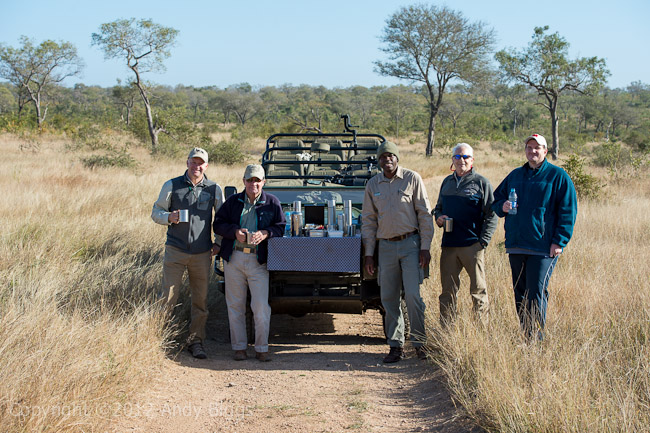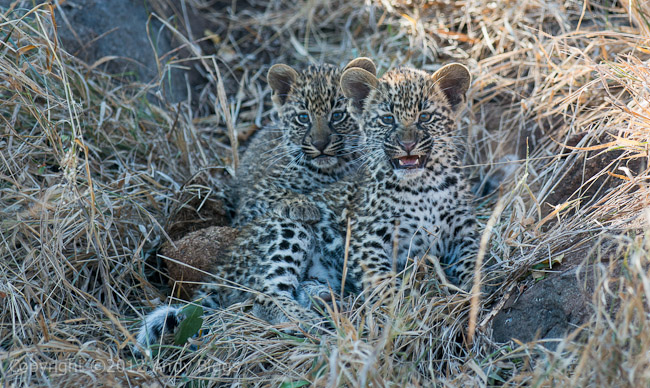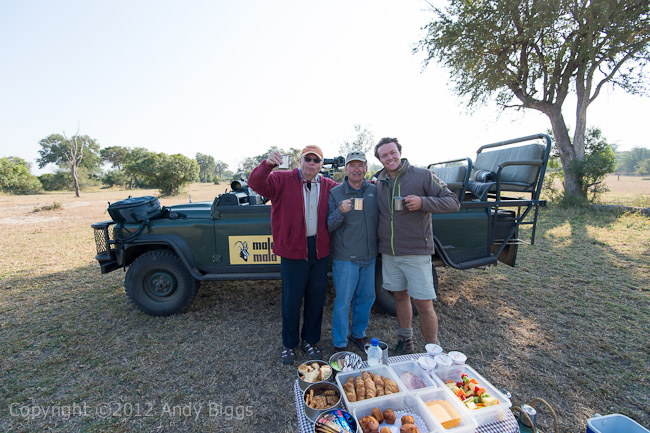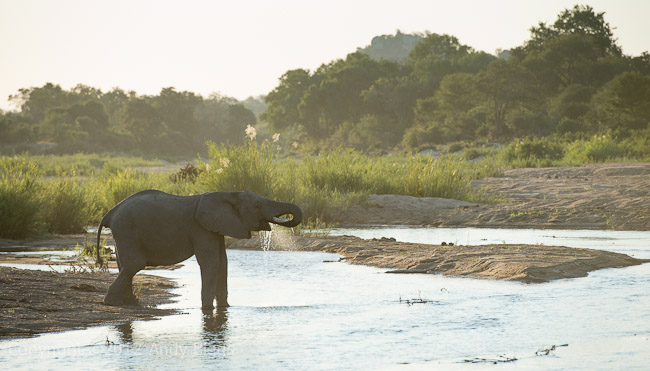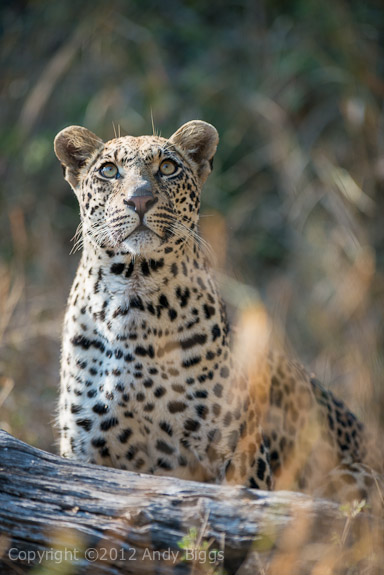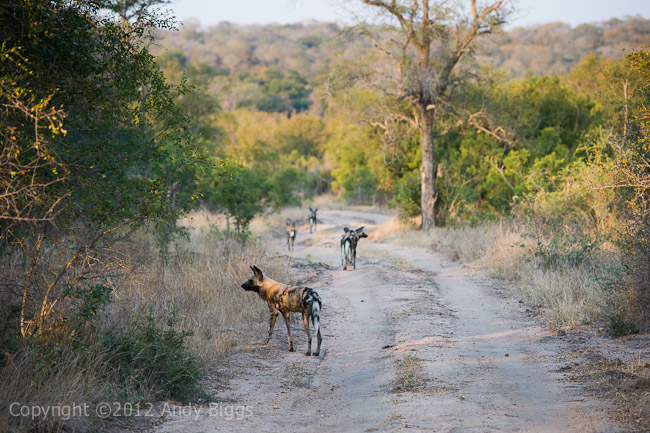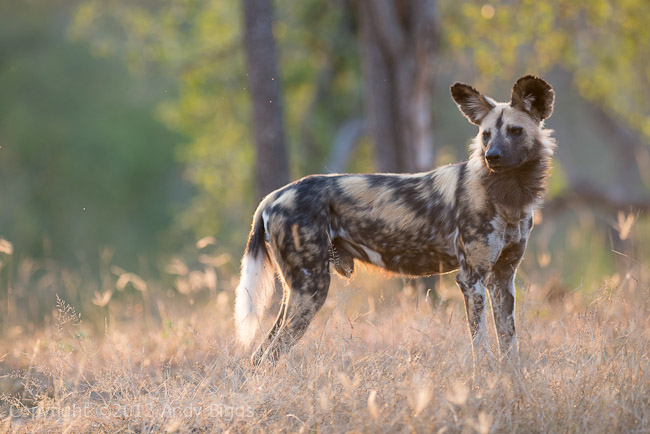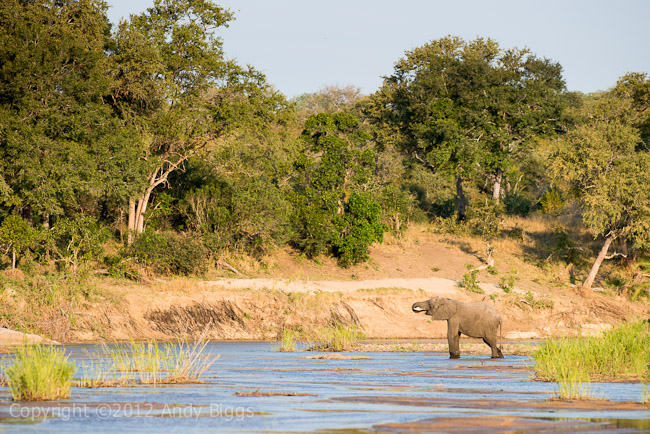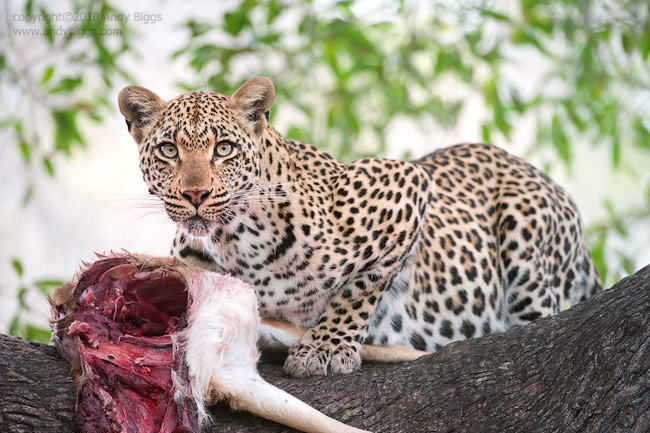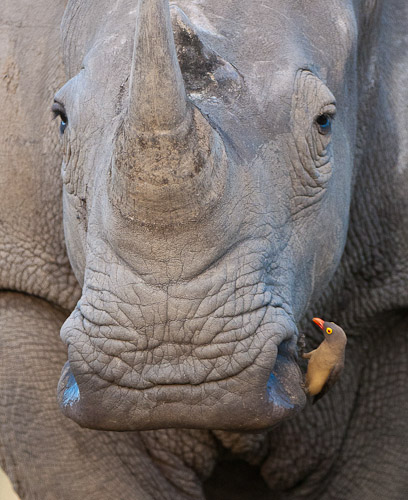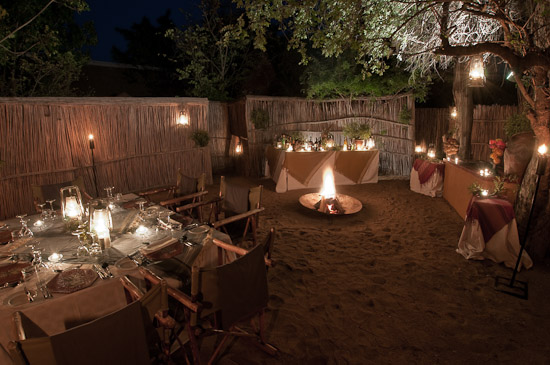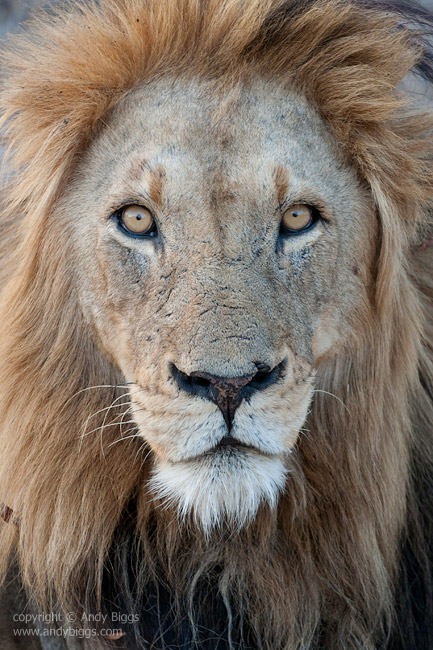Sabi Sands Safari Report - Day 5
 Wednesday, June 6, 2012 at 05:20AM
Wednesday, June 6, 2012 at 05:20AM We were up at 5:30, a quick coffee and tea at 6 and we were out before sunrise. I loved the cool morning, as it is hot back at home and I am already tired of 70+F temps at night. We had some amazing sightings of elephant and giraffe this morning, and we took the time to try and get the best shots possible. Drive-by photography rarely pays off in the safari world, and the best photographs take time to unfold. I love photographing anything that is in front of me, and giraffes and elephants are actually my favorite subjects. They can be the most challenging for me, and think that is part of the fun.
Giraffes are difficult from a composition standpoint. What to include? Head? Head and neck? Whole body? Vertical or horizontal? So many options and my choices rarely seem to have me happy in the end. I put my camera down for much of the day, as I wanted to spend time working with people on the rear autofocus button on their cameras, as well as discussions about composition, metering and storytelling.
We did get a report of an often-not-seen animal in the Sabi Sands, and that was of a cheetah out on the southern open planes. We hoofed it to the area and tracked the cheetah to a place where he was resting underneath a tree. The light was harsh, but our time with him was enjoyable because of the rarity of the sighting. One of the vehicles did get a great opportunity to photograph him later on as he jumped up onto a very narrow top of a termite mound. Very very cool.
We broke for a late brunch back at camp, and the staff had set up a really nice table for us out underneath a shade tree. Cold cereals, fruit, breads, cheese and eggs to order from the kitchen. It’s nice not to have to worry about my guests when we have such wonderful staff around.
We had tea at 2:30 and promptly left for our afternoon drive, and headed towards the Sand River in the northern part of Singita. We had a great sighting of a dominant male leopard of the area, and we followed him on one of the roads for quite some time. We drove behind him at a distance, as well as drove offroad to the side of him to capture him walking. The goal was to get some tall grass in the foreground as to make the road less obvious in the shots. He was walking more quickly than we could drive, as the terrain offroad was littered with large stones. Eventually he went off into the thick bush, and the rest of the afternoon was spent trying to intercept him on the other side of the thick bush. We lost him and never found him again, but we did get a great sighting nonetheless.
I feel like today was one of the better days I have had in a while, as a cheetah in the morning and a glorious male leopard in the afternoon is tough to beat.
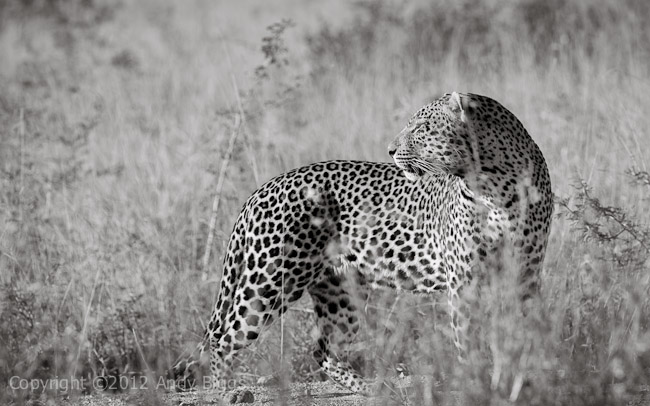
Male Leopard
Nikon D800, 300mm f/2.8 VRII, 1/400 @ f/8, ISO 250, Hand Held

Male Leopard, as seen from a moving vehicle
Nikon D4, 70-200mm f/2.8 VRII, 1/10 @ f/22, ISO 100

Chris, Barry and Scot
Nikon D4, 70-200mm f/2.8 VRII, 1/250 @ f/7.1, ISO 400
Camera bags on this safari are sponsored by Gura Gear, which I started in 2008. Check us out. We make the best camera bags on the planet.
Some of the gear on this safari has been provided by Borrowlenses.com. I rely on borrowlenses.com for both my own needs as well as my safari travelers’ needs. When we need big lenses, cameras or anything else photographic, we turn to borrowlenses.com to help out. They are the best resource in the industry for traveling photographers.
 Leopard,
Leopard,  Sabi Sands,
Sabi Sands,  Singita,
Singita,  South Africa,
South Africa,  Workshop,
Workshop,  safari in
safari in  Safari Reports
Safari Reports 


